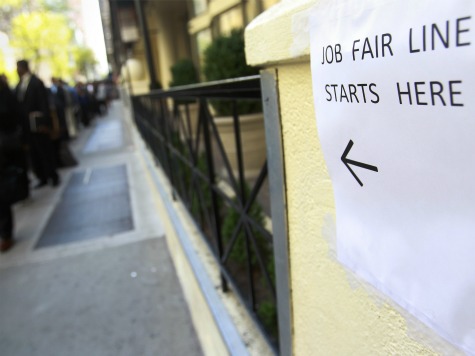On Friday, economists expect the Labor Department to report the economy added 181,000 jobs in January, up from the disappointing 74,000 scored in December. That’s about half the pace needed to bring unemployment down to acceptable levels and motivate the Federal Reserve to raise targets for short-term interest rates.
The economy did grow at a solid 3.2 percent in the fourth quarter. Consumer spending accelerated and growth was more broadly supported by business investment and improvements in exports. The Federal Reserve has well founded confidence in the long-term stability of the recovery and is well advised to continue tapering purchases of longer-term Treasuries and mortgage-backed securities. Recent turmoil in currency and stock markets notwithstanding, the fundamentals underneath U.S. equities remain sound.
However, expansion in the housing sectors, autos, and manufacturing–the bright stars of the 18 quarter expansion–showed signs of tiring, and these trends carried over into January data. For example, contracts for sales of new and existing homes and the Institute for Supply Management data for manufacturing have not been encouraging.
The unseasonably cold winter slowed housing sales, which should rebound by March. Autos and other manufacturing activities are troubled by Japan’s efforts to suppress the value of the yen against the dollar and accomplish price competitiveness and exports unjustified by underlying comparative advantages.
The jobs report may reflect continued restructuring among large retailers–many big names sold large volumes of goods at very thin margins during the holiday season and remain over-expanded–and uncertainty in health care owing to the rocky rollout of ObamaCare.
Economists generally believe consumer spending got out ahead of income gains in the fourth quarter, and households will consolidate their finances and slow purchases through the spring. Overall, first quarter growth in the range of 2 to 2.5 percent–in line with the trend for the recovery since 2009–is expected and jobs growth in the range of 180,000 for January would support that expectation.
The unemployment rate should stay at about 6.7 percent, largely because so many adults remain discouraged or stuck in part-time jobs, with the latter condition worsening as ObamaCare mandates for full time employees in 2015 come into more immediate focus.
Going forward, the December termination of federal support for unemployment benefits administered by the states in excess of the customary 26 weeks will likely help depress the unemployment rate. The experience of North Carolina, which ended long-term benefits in July, indicates many adults will cease actively looking for work and not be counted in federal jobless statistics.
That experience does raise serious questions about the need for long-term assistance among many who have been collecting benefits, especially given that extended unemployment benefits raise wages demanded, generally, and discourages hiring on a broad scale.
Factoring in part-time employees who would prefer full-time work and discouraged adults, the jobless rate is 13.1 percent.
Getting headline unemployment down to 6 percent, while employing those folks at the margins of the labor market, would require about 365,000 jobs each month for three years.
That would require growth about double the pace accomplished since the economic recovery began and during the George W. Bush expansion.
It bears noting Presidents Reagan and Clinton accomplished more robust growth and jobs creation with lighter regulations, lower taxes, less emphasis on entitlement programs, and fewer efforts to suppress criticism of their administrations’ policies.
Both capitalized on the dynamic opportunities offered by new technologies and private initiative by encouraging robust public debate about appropriate directions for public policy, as opposed to tolerating efforts to quiet their voices through law enforcement and muffle dissent through the administration of the tax laws.
Throughout the world, over and over again, new technology and private initiative have instigated more growth and created more good paying jobs when debate is untethered by fears of retribution and unsettling to those in power.
Peter Morici is an economist and professor at the University of Maryland Robert H. Smith School of Business. Follow him on Twitter.

COMMENTS
Please let us know if you're having issues with commenting.